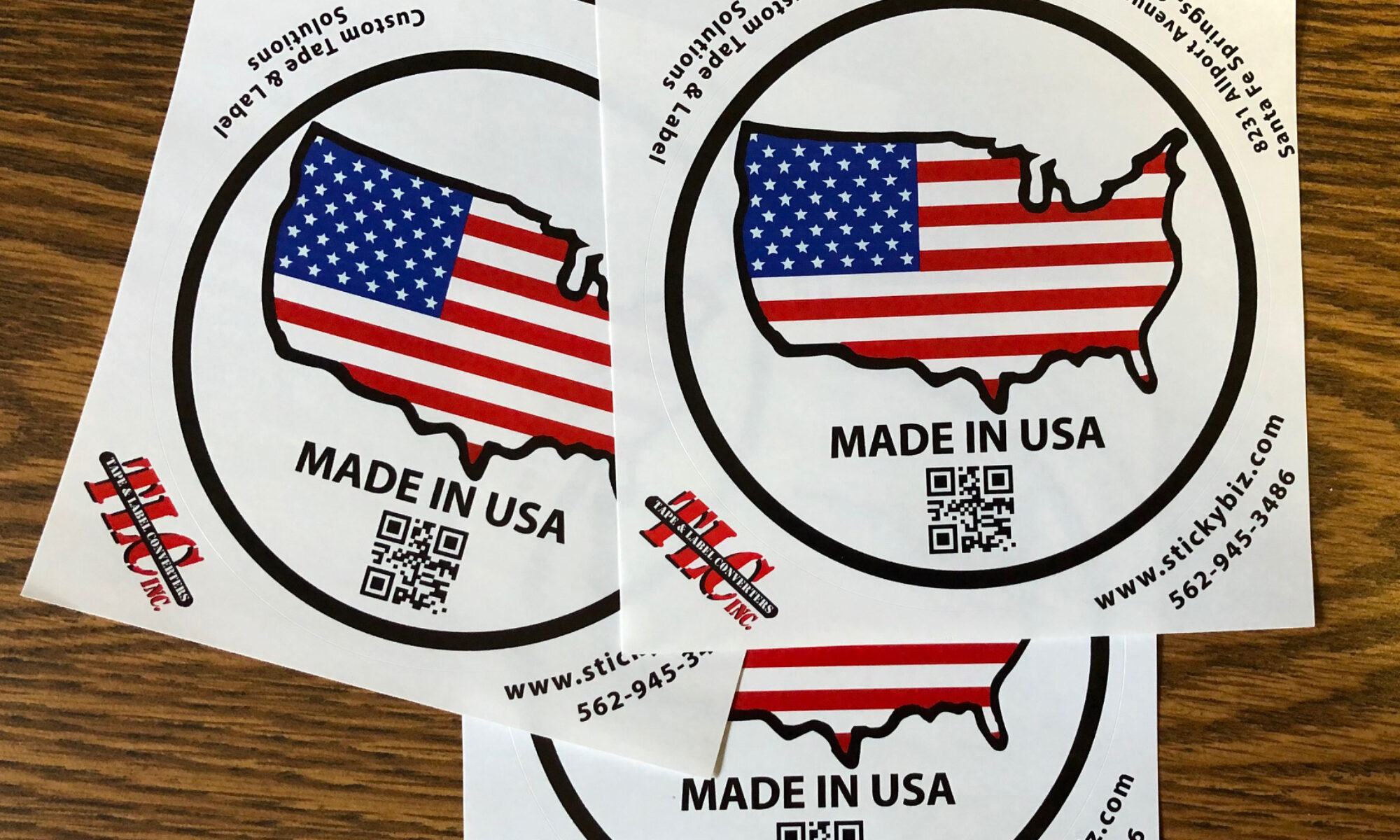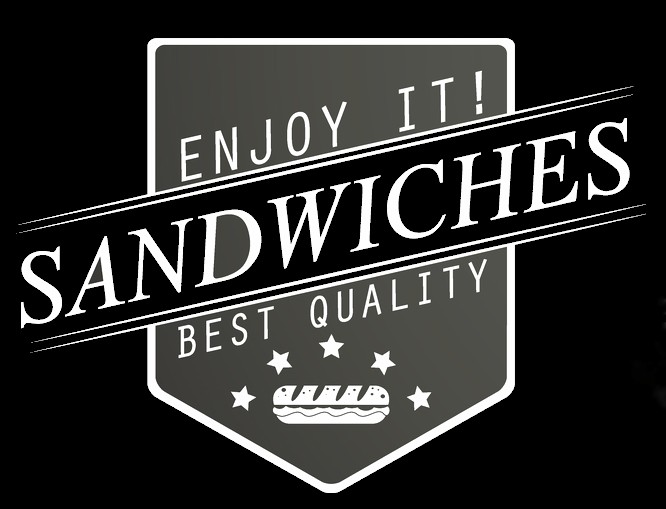Creating high-quality food labels
Creating high-quality food labels involves several key considerations to ensure accuracy, compliance, and appeal to consumers. Here’s a guide to crafting such labels:
- Accuracy of Information: Ensure all information on the label is accurate, including nutritional facts, ingredient lists, serving sizes, and allergen information. Inaccurate information can lead to legal issues and erode consumer trust.
- Compliance with Regulations: Familiarize yourself with food labeling regulations in your target market. Different countries have varying requirements regarding what information must be included on food labels, such as FDA regulations in the United States or EU regulations in Europe.
- Clear and Legible Font: Use a clear and legible font that is easy to read, even at a small size. Consider using bold text for important information like allergens or nutritional values to make them stand out.
- High-Quality Graphics: Use high-resolution images and graphics to enhance the visual appeal of the label. This includes images of the product, company logos, and any relevant symbols or certifications.
- Attractive Design: Design the label in a way that is visually appealing and reflects the brand identity. Use colors, typography, and layout to create a cohesive and eye-catching design that draws consumers’ attention.
- Sustainability Information: If applicable, include information about the sustainability of the product or packaging. This could include certifications like Fair Trade or information about recyclability.
- Transparent Communication: Be transparent about the product’s attributes, such as whether it’s organic, non-GMO, or free from certain additives. Transparency builds trust with consumers who are increasingly concerned about the quality and origin of their food.
- Concise and Informative: Keep the label concise while still providing all necessary information. Too much text can overwhelm consumers, so prioritize the most important details.
- Placement of Information: Arrange the information on the label in a logical and intuitive manner. Important information like allergens and nutritional facts should be easy to find and read.
- Testing and Feedback: Before finalizing the label, conduct testing with focus groups or target consumers to gather feedback on its effectiveness and clarity. Make any necessary adjustments based on this feedback before printing the final labels.
By following these guidelines, you can create high-quality food labels that not only comply with regulations but also effectively communicate important information to consumers and enhance the overall appeal of your product.


